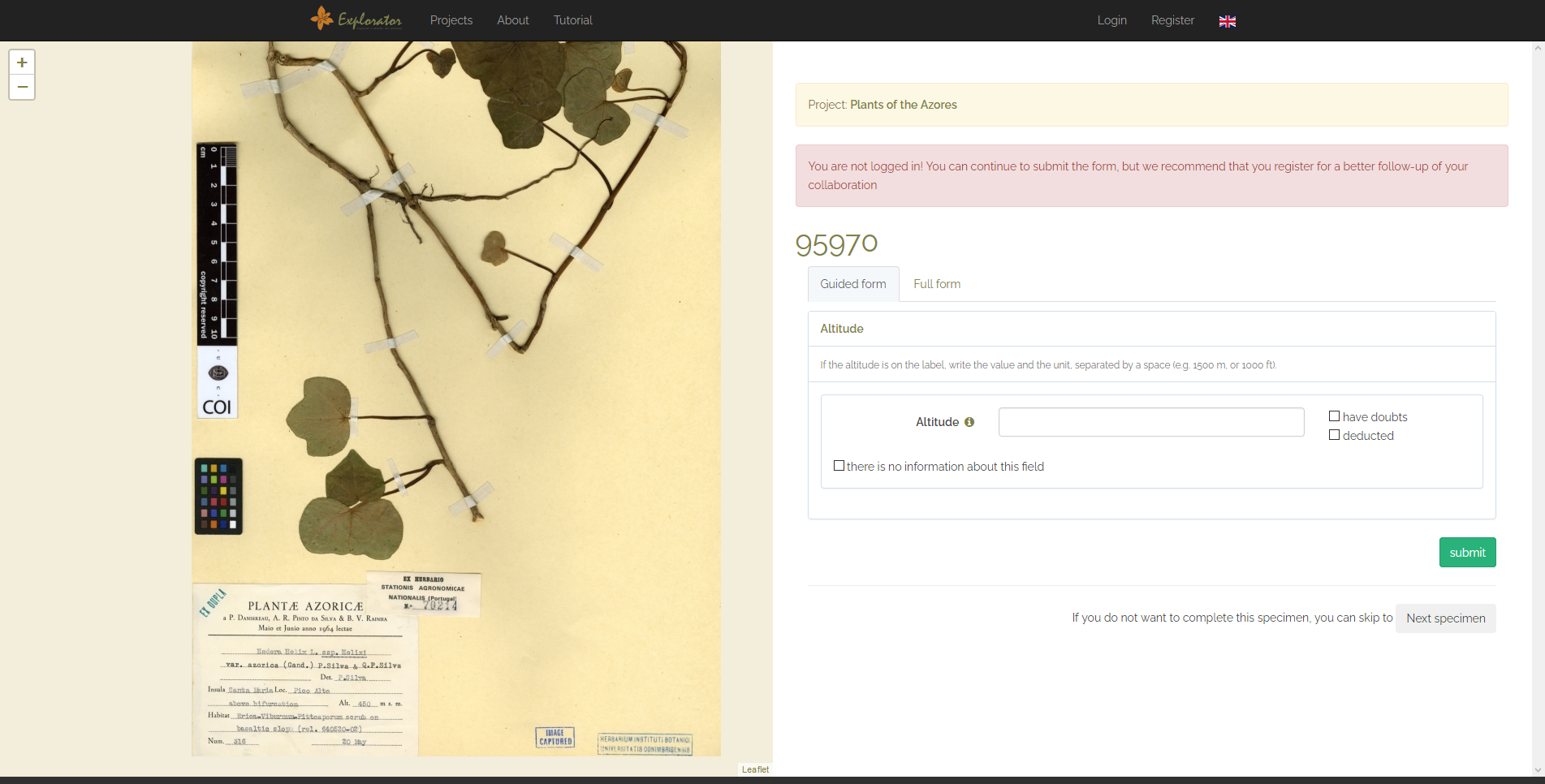LifeWatch ERIC in support of AgroEcology Communities of Practice
On 9 February 2021, LifeWatch ERIC Chief Technology Officer Juan Miguel González-Aranda participated as speaker and in the discussions at a workshop co-organised by ScienceDigital@UNGA75 and the European Research Area (ERA) Agenda 2021-2027 to present a vision for research and innovation in Agri-food systems and explore opportunities for universities and industry.
The meeting was organised as part of the United Nations General Assembly 75th Anniversary (UNGA75) events, in line with EU Green Deal objectives to achieve a green transition and digital transformation while delivering the United Nations Sustainable Development Goals, which require a full understanding of the Agri-Food context and, in particular, AgroEcology.
Dr González-Aranda presented LifeWatch ERIC as a distributed ICT e-Infrastructure which is helping to address the primary challenges outlined in the European Commission’s comprehensive strategy on AgroEcology. It has already played a key role in the establishment of the European AgroEcology Living Lab and Research Infrastructure Network, as key partner of the homonymous H2020 Coordination Support Action, ALL-Ready.
LifeWatch ERIC offers expertise and e-Services in Data Management Platforms & Plans (DMPs), Virtual Research Environments (VREs), and Intellectual Property Rights and Global Data Protection Regulation (IPR & GDPR) technologies. Disruptive Blockchain technologies are also a unique feature of the applications available in LifeBlock – the LifeWatch ERIC Blockchain platform – which guarantee the integrity and provenance of data, and provide a model for the e-Services vital to European AgroEcology Communities of Practice. Structuring e-Tools to assess the socioeconomic valorization of ecosystem services and their impacts is another important aspect to be considered in supporting the complexities associated with the accomplishment of SDGs 2030.
Click here for the complete agenda of the Research and Innovation in Agri-food Systems workshop.









